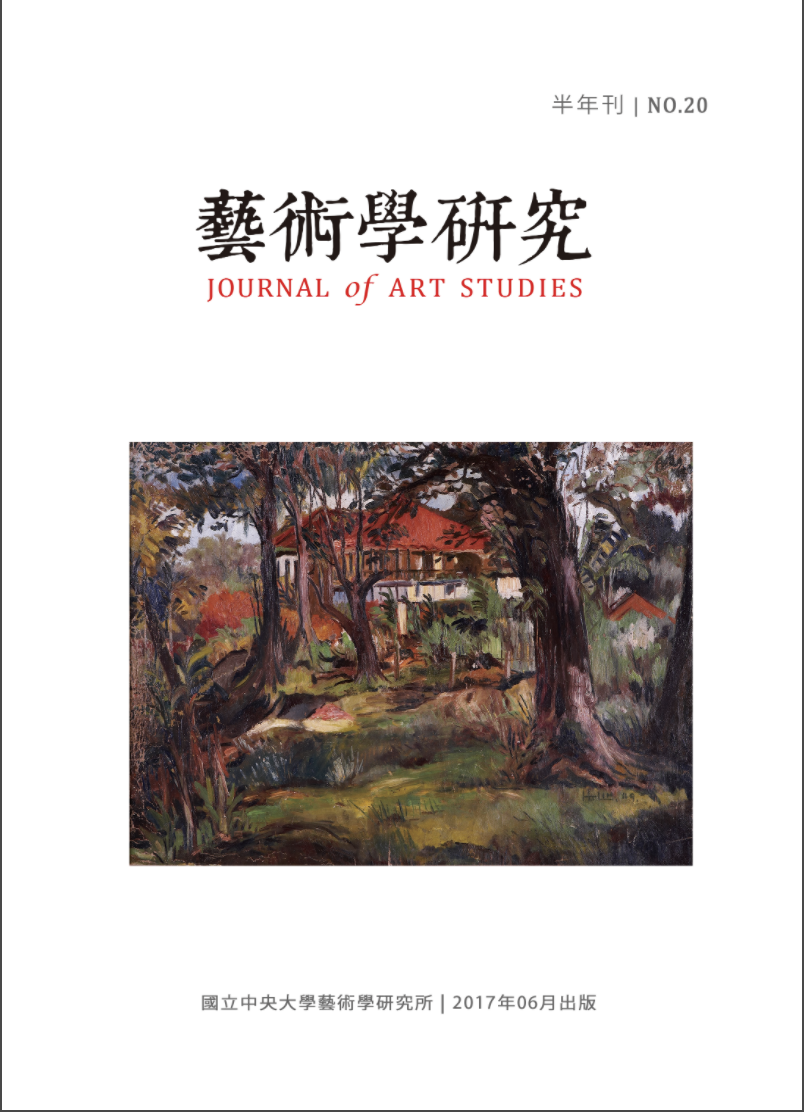鄧南光是位著名的客籍攝影家,也是台灣省攝影學會首屆理事長,之後連任七屆,直至 1971 年驟逝為止。
鄧南光在理事長任內,主編《台灣攝影》雜誌,主導學會的創作方向。他反對畫意沙龍攝影,積極建立寫實風格;支持健康明朗的內容,反對顯露社會的貧弱落後;討厭虛假不真實的創作,鼓勵抓住人性真情流露的瞬間。鄧南光想建立中產階級品味的現代攝影,因此,他支持象徵古典的人體攝影創作,積極舉辦外拍時裝少女活動,聯繫攝影與商業廣告的合作機會,讓學會得以持續繁榮發展。
純然以創意角度而言,鄧南光的旨趣略嫌保守,但是以六十年代的台灣歷史來看,他能在嚴峻的社會氛圍下,將攝影活動推廣為全民運動,宛如在重巖險阻下成功輕渡的小舟,其功績仍令人永誌難忘。
Born to a distinguished family in Beipu Township, Hsinchu, Taiwan, Nan-Guang Deng was a well-known Hakka photographer. Deng established the Photographic Society of Taiwan and was elected as its first director. Deng was elected to seven consecutive terms before his sudden death in 1971.
During Deng's terms as the editor of Taiwan Photo, he strongly influenced its artistic sensibility, establishing a realistic style to counter the picturesque saloon style promoted by officials. For Deng, documentary photography was a means of presenting healthy, bright content, instead of revealing society's poverty and backwardness. He strove to capture moments revealing true emotions rather than creating a fake reality. In essence, Deng intended to create a modern photography for the middle class. He remained neutral with respect to novel photography, which takes the creative consciousness of the artist as its focus, but nonetheless gave sufficient space to these new schools, regardless of his own preferences. Deng wanted to set a tone for modern middle class photography. Therefore, he supported nude photography against all those opposed. Additionally, he promoted outdoor photo sessions with fashion models to encourage cooperation between photographers and commercial advertisers. As a result of his efforts, the Photographic Society of Taiwan thrived under Deng's leadership.
If we look at Nan-Guang Deng in purely artistic terms, he wasslightly conservative, but if we consider the solemnity of his time, his achievements were remarkable for he steered his art through currents and obstacles to make it a popular activity for the general public.


